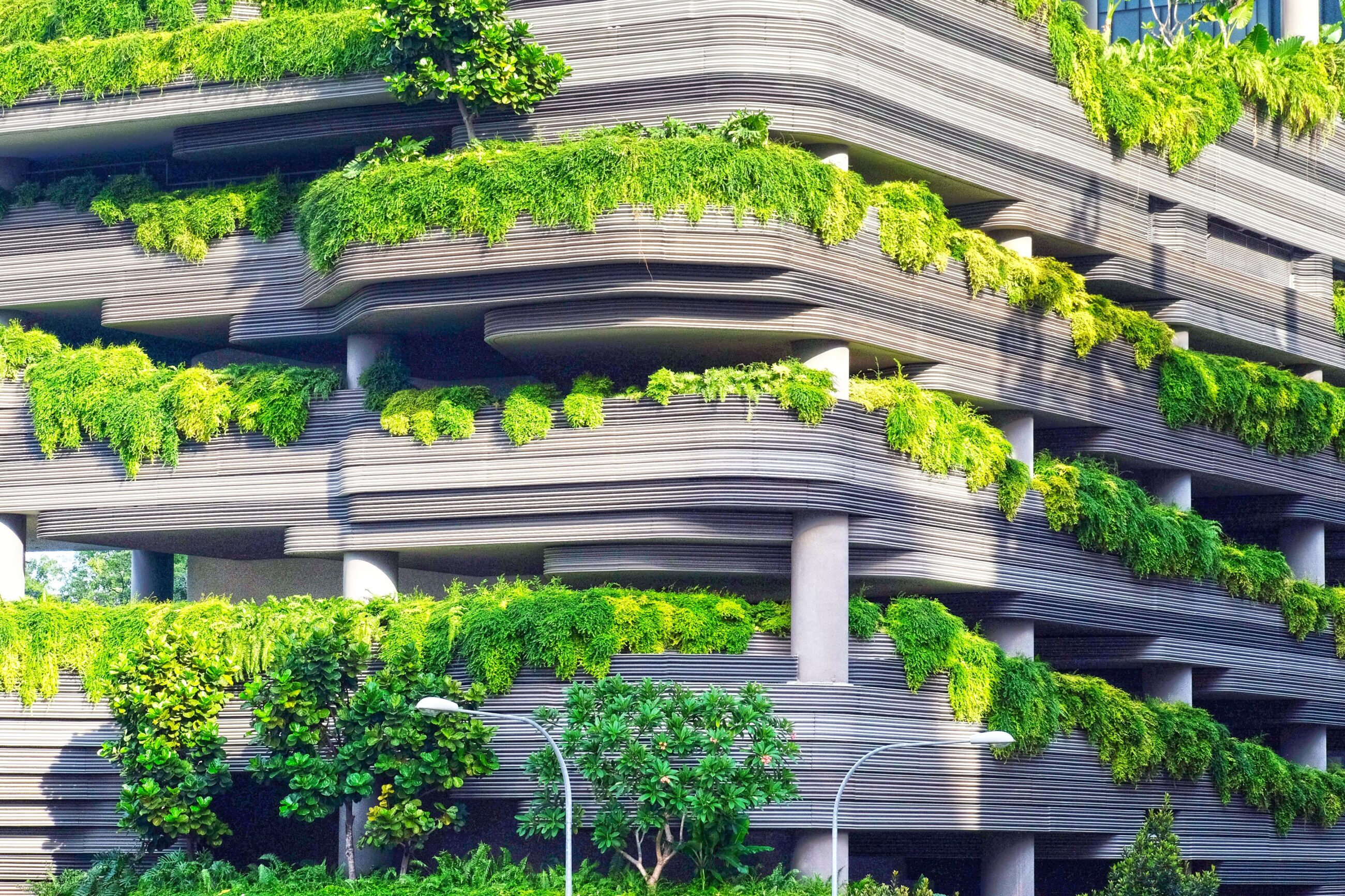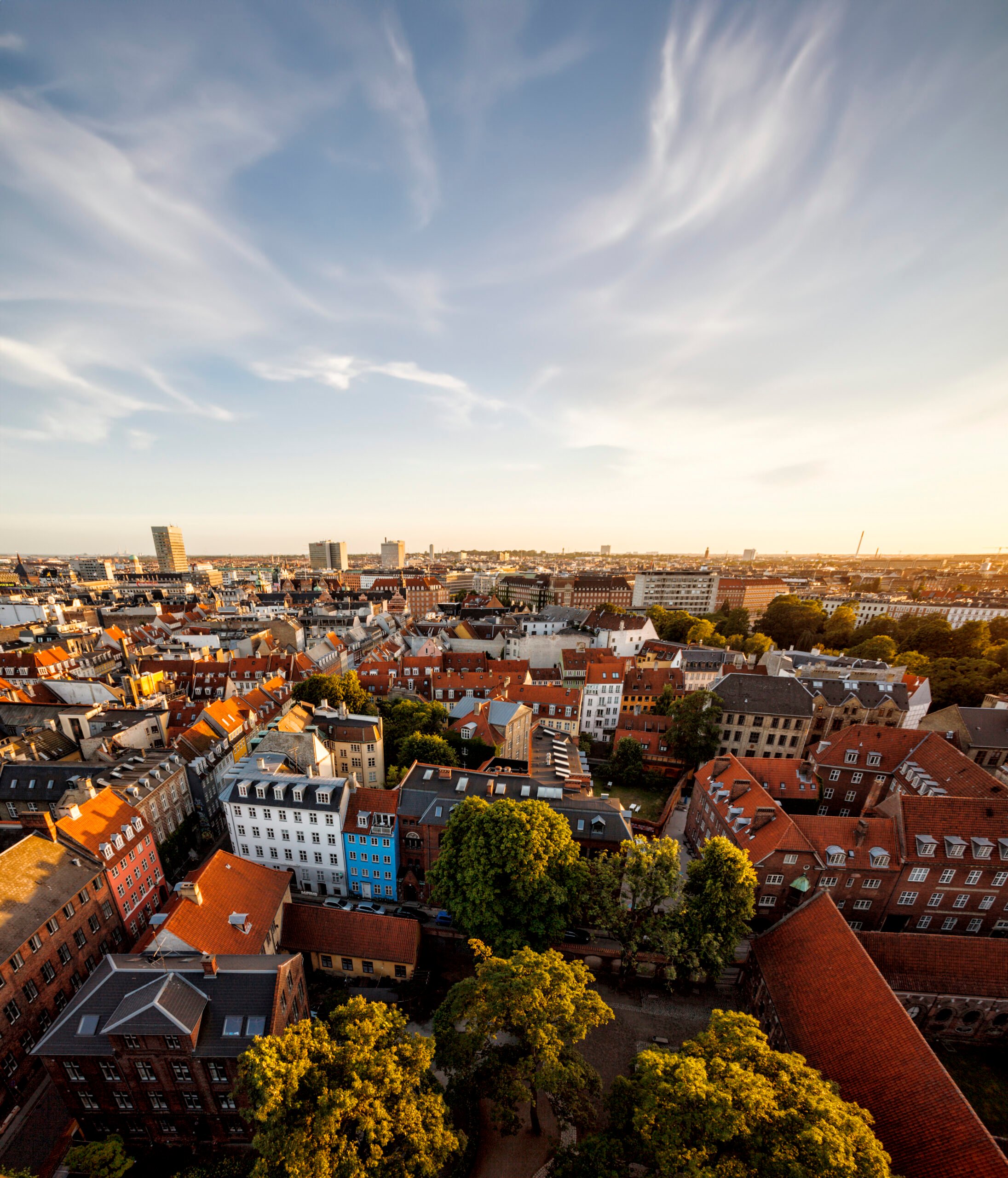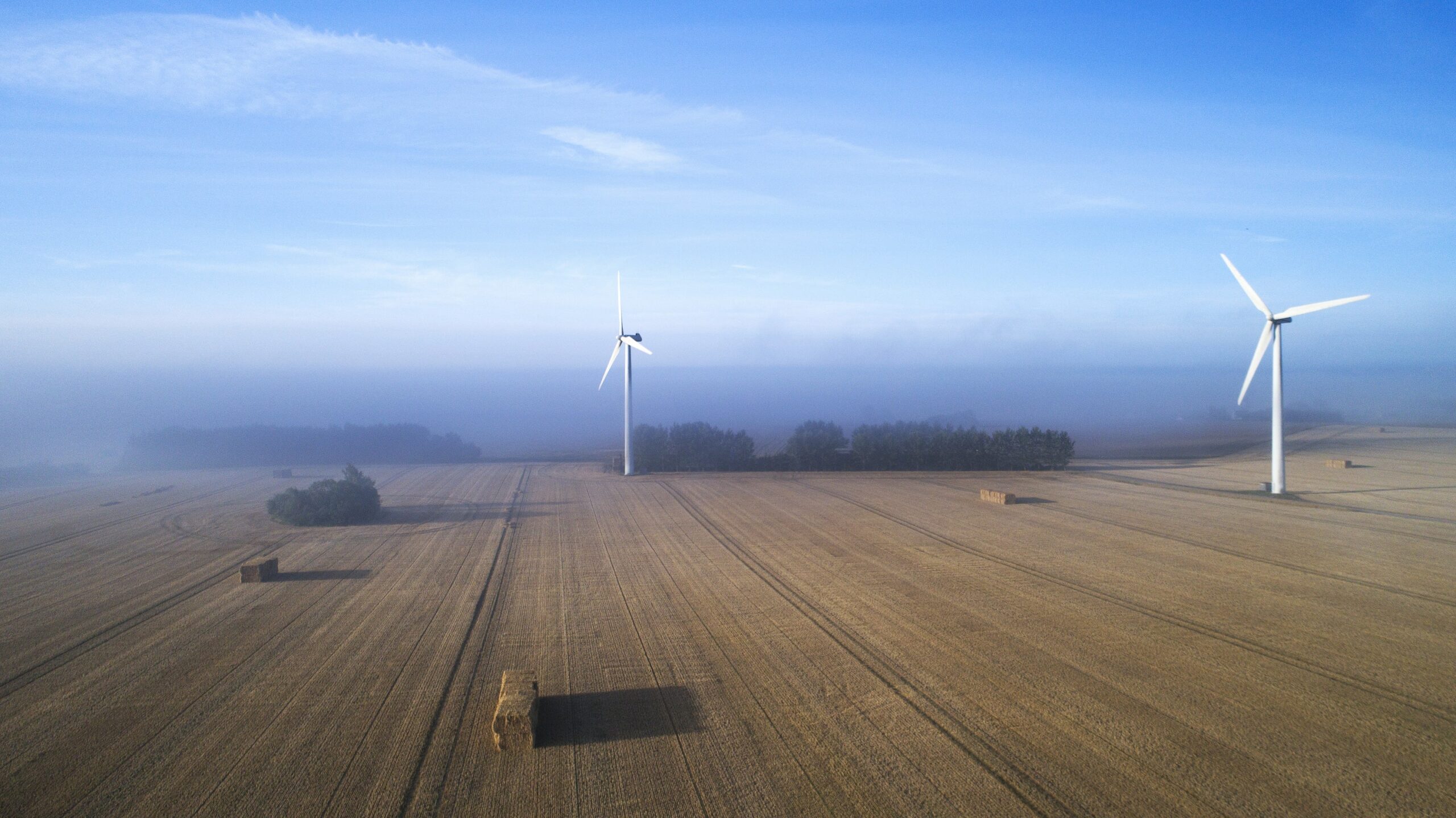News
Buildings
Circular building design
Sustainable building practices are becoming entrenched in Danish municipalities


Sustainable building is no longer an abstract concept, but a concrete building method. Awareness of climate impacts and resource consumption has become an integrated aspect of the construction process that a growing number of property developers are working with. This is also the case for Denmark’s municipal developers, where building in a sustainable manner is becoming the normal way of doing things. However, once the decision to build sustainably has been taken, questions about how to tackle the process arise. Therefore, courses that tackle this challenge have now been created.
Sound business case
No manual exists for Danish municipal property developers that details how a municipality can put a sustainable building out to tender and complete this kind of project successfully. However, there are many municipalities in Denmark that have gathered solid experience from their forays into sustainable building over the years. It is precisely these experiences that Denmark’s Center for the development of public administration skills and Green Building Council Denmark seek to share with other municipalities. Construction projects can have an adverse impact on the environment and a municipality’s budget – both during the construction phase, the operational phase and the demolition phase. Several municipalities who have engaged in sustainable building projects have experienced that such projects resulted in reduced operating costs and substantial benefits relating to the environment, indoor climate, usability and well-being.
-Related publication: Energy renovation of buildings
Commencement in November
”We will hold a series of one day courses so that individual municipalities don’t have to start from square one,” says Claus Damgaard, who is a departmental head at the Center for the development of public administration skills.
“We hope that the courses will allow the municipal property developers to stand on the shoulders of the experiences that have already been gained from sustainable building and further develop available methods, so that we can minimise environmental impacts and municipal costs. We have 50 years of experience in educating municipal employees and Green Building Council Denmark has a certification scheme that contains many good methods. By collaborating on this, we hope we can accelerate the green transition in municipalities,” continues Claus.
This statement is supported by consultantTheis Rubinke Sørensen, who notes that there is increased demand in municipalities in regards to developing heightened competencies in the management of sustainable building projects. This demand is not related to a municipality’s size or location, but is applicable across virtually all of Denmark. Therefore, Theis is highly pleased that the new courses have been developed.
Municipalities as agents of change
"Green Building Council Denmark is experiencing increased interest from municipalities. They seek to formulate a property strategy that will make a tangible contribution to fulfilling the UN Sustainable Development Goals (SDGs) based on a life cycle perspective of building materials and consideration of a building’s lifespan as a whole,” says Mette Qvist, director in Green Building Council Denmark.
Mette Qvist believes this development not only affects the mindset of municipal building projects, but also contributes to individual municipalities becoming more conscious of which demands they should impose on companies that wish to construct in their area.
-Related solution: Creating buildings for life
Jutlandic municipalities reap the benefits of sustainable building
Middelfart and Skanderborg municipalities are some of the municipalities that are already engaging in sustainable building projects. Since Skanderborg Municipality opened a new town hall two and a half years ago, they have saved approximately EUR 2.15 million in operating costs. Similarly, Middelfart has also saved approximately EUR 1 million in operating costs since opening their new town hall in September 2017.
In both cases, savings resulted from a strategic choice to incorporate sustainability in the design phase. Both buildings also have received DNGB certification and the SDGs have become a guiding principle for how public institutions and private companies can contribute sustainable development.
Source: Energiwatch (in Danish)















